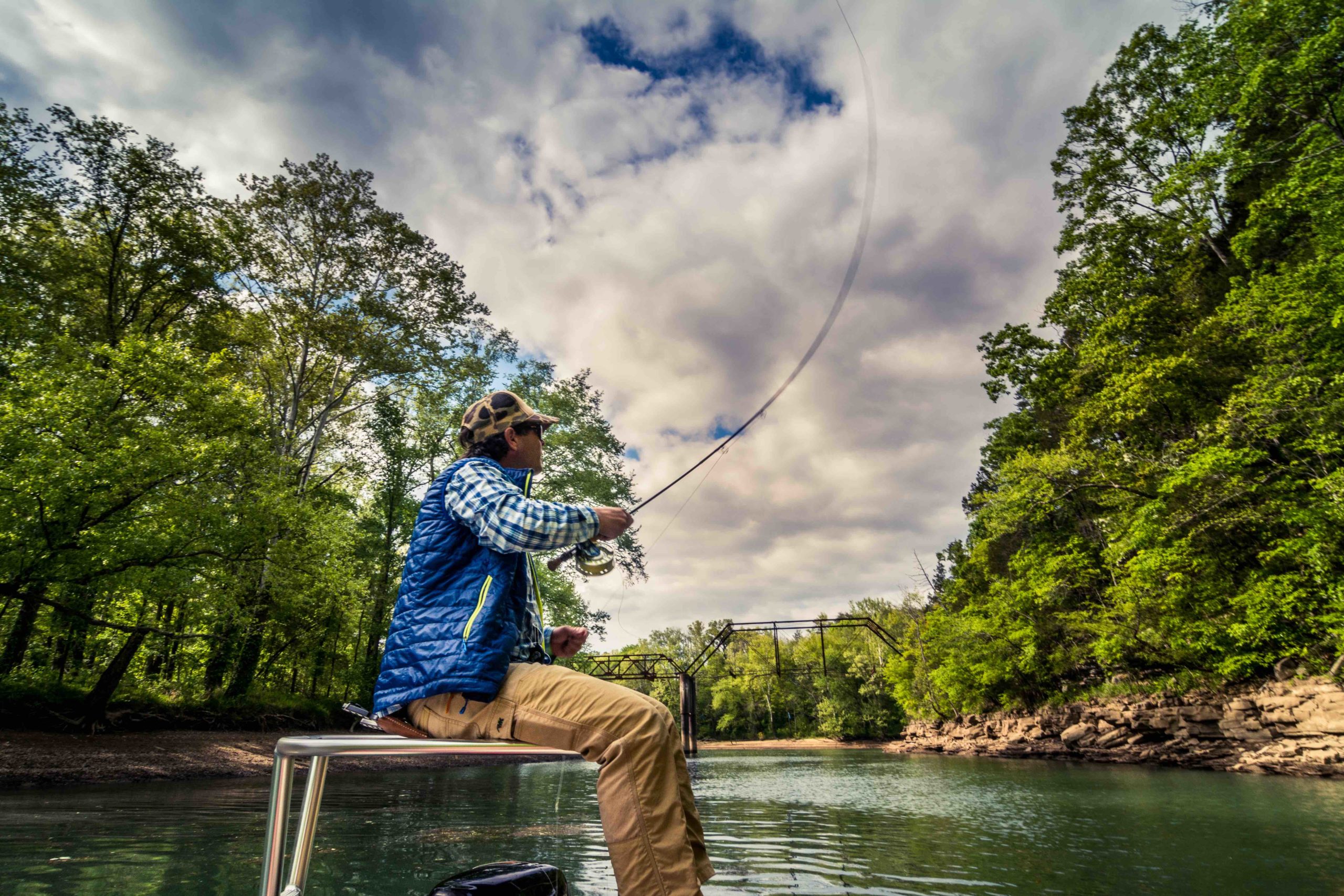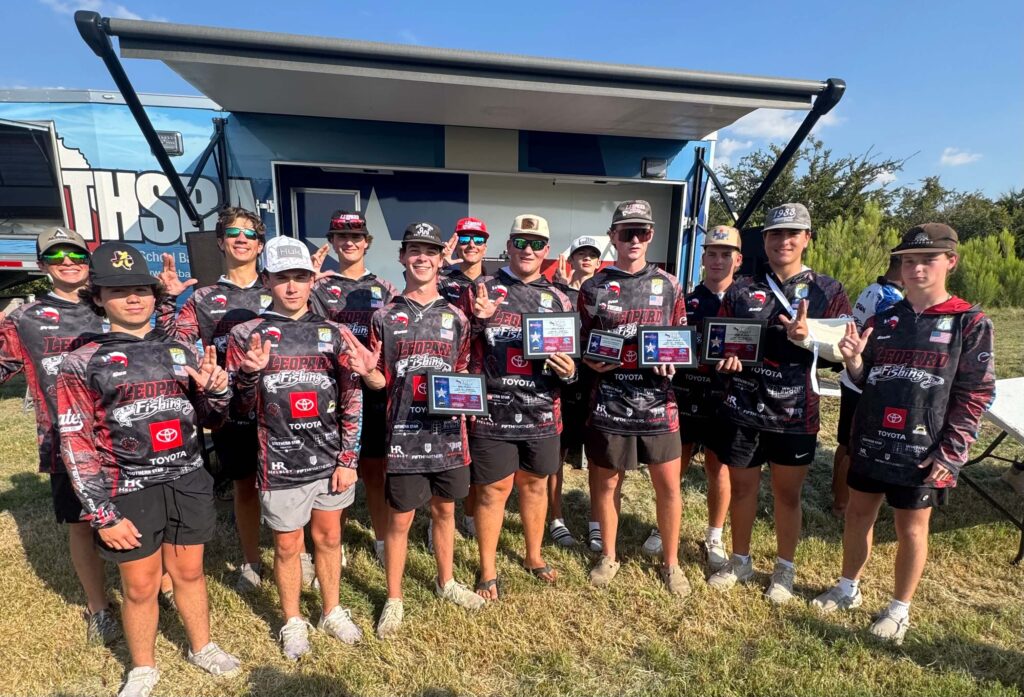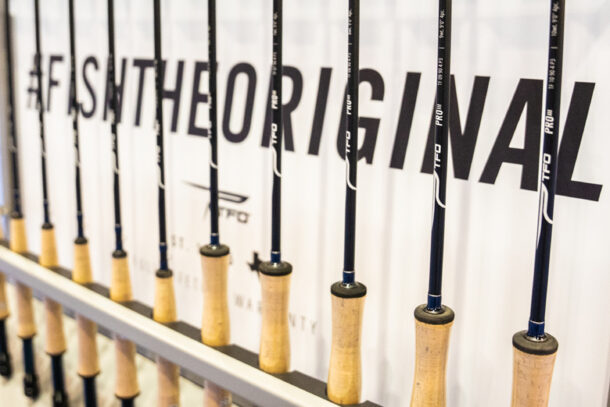So you want to buy a fly line. Should be a snap, right?
Not exactly. Not anymore.
When I bought my first fly rod in the late 1980s, I found an affordable weight-forward, 5-weight fly line, bought it and began fishing. I didn’t know how to cast or even how to fly fish, but the setup worked just fine.
Those days are long gone. Fly lines are heavier than ever, and a 5-weight line is no longer a true 5-weight line, more like a 5.5, or even heavier.
Forgive me for the technical explanation that’s about to follow, but background is needed for proper context. Historically, fly lines have been measured by grain weight (otherwise known as grainage) in the first 30 feet of line. An 8-weight is supposed to weigh in the neighborhood of 210 grains, a 9-weight 230 and so on.
The system was developed by the late Myron Gregory, an ardent pistol shooter and competitive fly caster, who decided in the late 1950s, early 1960s that fly lines needed a reliable, standardized system of measurement.
Prior to Gregory’s work, fly lines were designated by letters, apparently with little rhyme or reason. Consumer chaos ensued because aspiring anglers had little idea what they were buying. Nearly 60 years later, chaos rules once again.
I looked at 8-weight lines from four different fly line companies — Scientific Anglers, Orvis, Rio and Cortland. Lines were consistently one weight higher than Gregory’s standard, which is used by the American Fly Fishing Trade Association, known as AFFTA. Sometimes weights were right on the money. Sometimes they were two lines too heavy, meaning an 8-weight was closer to a 10.
Huh?
“We don’t know what anything is anymore,” TFO advisor Flip Pallot said. “If you go into a shop to buy a fly line, one thing you can be sure of is it’s going to be much, much heavier in grain weight than what a 7-weight line should be, according to the adopted (grain-weight) system. That’s where we stand again. We got so smart that we completely got ourselves lost in the woods again.”
Full disclosure: Flip told me about this issue a few weeks ago. I thought he might be exaggerating. He wasn’t. So I reached out to others in the industry.
“It’s horrible,” TFO chairman Rick Pope said. “And it’s getting worse, not better.”
And fly shop owners have noticed the trend as well.
“What happened was the line companies didn’t say this line is really an 8.5,” said Vaughn Cochran, a former Keys guide who owns the Blackfly Lodge in the Bahamas and Blackfly Outfitters in Jacksonville Beach, Fla.

Flip Pallot throws a nice loop. Photo courtesy of Flip Pallot.
Why fly-line makers strayed from the accepted standard likely stems from a number of reasons. Opinions vary, but many in the industry agree that rods got faster. Novices and inexperienced anglers didn’t have the skill to cast the quicker sticks. To compensate, newcomers bought lines that were one size heavier than the recommended size. Soon after line makers started doing it for them.
“My answer: The industry was trying to make it easier to fish,” TFO Bass Category Manager Collins Illich said.
Others are a bit more blunt as to what happened and why.
“Somebody needs to take responsibility,” Pallot said. “We had a perfect situation. We shouldn’t design things for goons; we should design things the way they should be. Goons should be able to aspire to use it. If they choose to put a 10-weight line on an 8-weight rod, that’s their decision. They can do that. But you should be able to go into the store and buy and 8-weight rod and line. You can’t do that.
“Someone has to step up. Either rod manufacturers have to build rods that conform to the traditional, established grain weight scale…or… line designations and grain weights need to be readjusted (and standardized) according to current, higher performing rods. In a perfect world, both of the above would take place. The industry OWES THIS TO THE CONSUMER and to itself.”
So what’s a consumer to do? Shop around.
“It’s really important and you want to test it on the rod that you’re going to use,” Cochran said. “It’s kind of like when you used to go buy a shirt, you buy a large. Now you buy a shirt and large is not always the same as a large in another company. There’s no consistency. You have to try on a couple shirts to get the right size. If you want to find the right fly line, you have to put it on your rod and try it.”
There’s only one flaw with the trial-and-error method. The wrong tool often gets the blame.
“It’s more difficult for the rod maker, when everyone questions the rod, but not the line,” Pope said. “No one really knows what the line weighs. We have 8-weights that range from 210 grains to as much as 350 grains. The difference in an 8-weight lines is totally random. The 8-weight rod maker like us struggles. Everyone questions the rod first, not the line.”
Interestingly, Pope says anglers who use two-handed rods are the opposite. They often will evaluate the line first. Each two-handed TFO rod, it should be noted, lists grain-windows for the appropriate line weight. Traditional fly rods only list suggested line weights.
Should one-handed rods list a grain window for anglers to match the ideal fly line? If it were only that easy. The truth is there is no easy answer to this predicament.
“It’s like in golf,” Pope said. “A 6-iron used to be for 165 yards; now people hit it 190 yards. Did the clubs change or the ball change? I’m not sure who’s chasing who. The reality is it’s the industry’s fault.”







